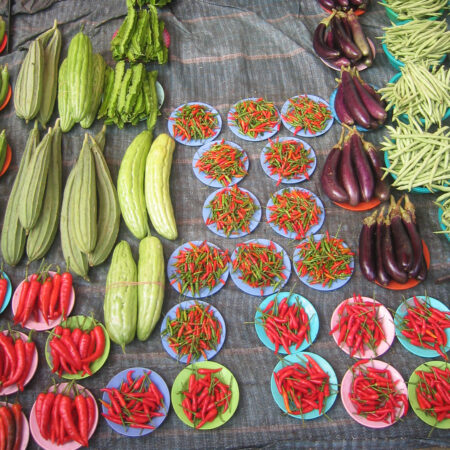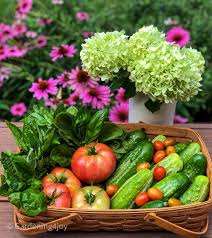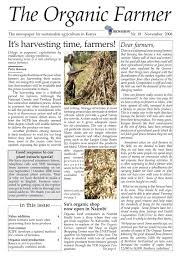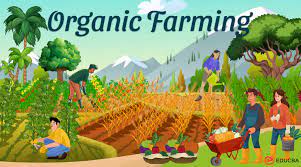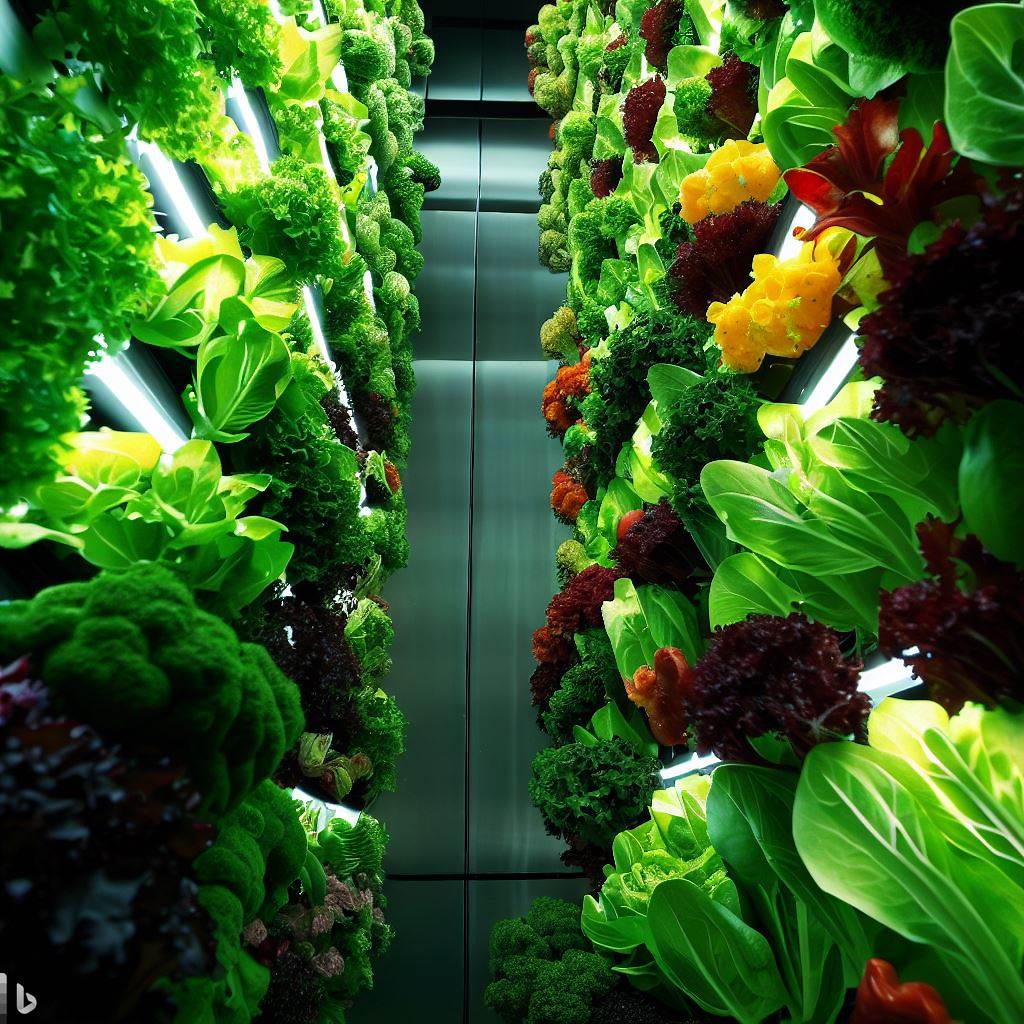
Vertical farming is a modern agricultural technique that involves growing crops in vertically stacked layers or structures, often in urban environments. This innovative approach to farming has gained significant attention due to its potential to address several challenges faced by traditional agriculture. Let’s explore the advantages and challenges of vertical farming:
Advantages of Vertical Farming:
- Efficient land use: Vertical farming maximizes land utilization by growing crops vertically, allowing for higher crop yields per unit area compared to traditional farming. This is particularly beneficial in urban areas where available land is limited.
- Year-round crop production: Vertical farms can provide a controlled environment where temperature, light, and humidity can be optimized for plant growth. This enables year-round cultivation and eliminates the reliance on seasonal variations, resulting in consistent crop production regardless of external weather conditions.
- Water conservation: Vertical farming implements advanced irrigation systems that recycle water, reducing overall water consumption compared to traditional farming. This is especially significant in regions prone to water scarcity or drought.
- Reduced pesticide use: By operating in a controlled environment, vertical farms can minimize the use of pesticides and herbicides. The enclosed space helps prevent pest infestations and diseases, reducing the need for chemical interventions.
- Locally grown produce: Vertical farming can bring agriculture closer to urban centers, allowing for the production of fresh, nutritious crops in proximity to consumers. This reduces transportation costs and carbon emissions associated with long-distance food distribution.
Challenges of Vertical Farming:
- High initial investment: Setting up a vertical farm requires significant upfront investment in infrastructure, lighting systems, climate control, and automation technologies. The costs associated with building and maintaining such facilities can be a barrier to entry for many farmers.
- Energy consumption: Vertical farms rely heavily on artificial lighting, often using energy-intensive technologies such as LED lights. The energy requirements for maintaining optimal growing conditions throughout the year can be substantial, contributing to higher operational costs and environmental impact.
- Technical expertise: Vertical farming requires specialized knowledge in areas such as hydroponics, aeroponics, climate control, and automation. Farmers need to acquire the necessary skills or collaborate with experts to operate these complex systems effectively.
- Crop selection and scalability: Not all crops are suitable for vertical farming due to their size, root structure, or light requirements. Leafy greens, herbs, and certain vine crops are commonly grown in vertical farms. Expanding the range of crops and achieving scalability without compromising efficiency remains a challenge.
- Limited nutritional diversity: Vertical farms often focus on high-demand, fast-growing crops, leading to a limited variety of produce. Maintaining a balanced diet with diverse nutrients solely from vertical farming may require additional sourcing from traditional farms or alternative food systems.
Vertical farming presents an innovative solution to meet the growing demand for sustainable agriculture in urban environments. While it offers numerous advantages, addressing the challenges associated with scalability, cost-effectiveness, and energy efficiency will be crucial to realizing its full potential in the future.



